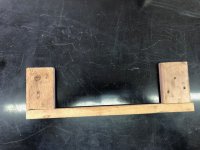AUSMHLY
Yoda
Offline
Wheel Camber
Noticed all 4 wheels have a bit of tilt, camber (if that's the correct word)
I put a level, pressed against tire, vertically on them. Here's where the bubble is on each tire. Only the Passenger Right Front "RF" has the bubble in the middle.
Should all wheels be vertically straight, or is some camber acceptable? How do I correct that?
Not easy to see in this photo, but the driver Left Front "LF" has the worst camber.
Car drives straight, steering wheel is centered, no excessive inner or outer wear on any tires. No scuttle shake...thank goodness.
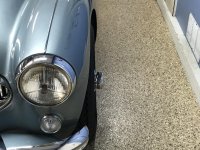
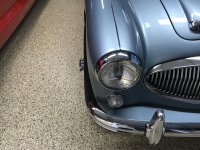
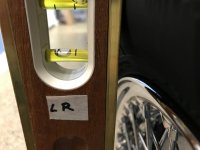

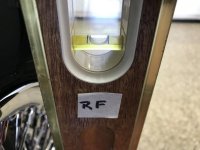
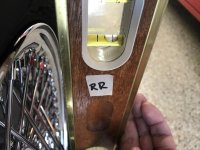
Noticed all 4 wheels have a bit of tilt, camber (if that's the correct word)
I put a level, pressed against tire, vertically on them. Here's where the bubble is on each tire. Only the Passenger Right Front "RF" has the bubble in the middle.
Should all wheels be vertically straight, or is some camber acceptable? How do I correct that?
Not easy to see in this photo, but the driver Left Front "LF" has the worst camber.
Car drives straight, steering wheel is centered, no excessive inner or outer wear on any tires. No scuttle shake...thank goodness.







 Hi Guest!
Hi Guest!

 smilie in place of the real @
smilie in place of the real @
 Pretty Please - add it to our Events forum(s) and add to the calendar! >>
Pretty Please - add it to our Events forum(s) and add to the calendar! >> 
